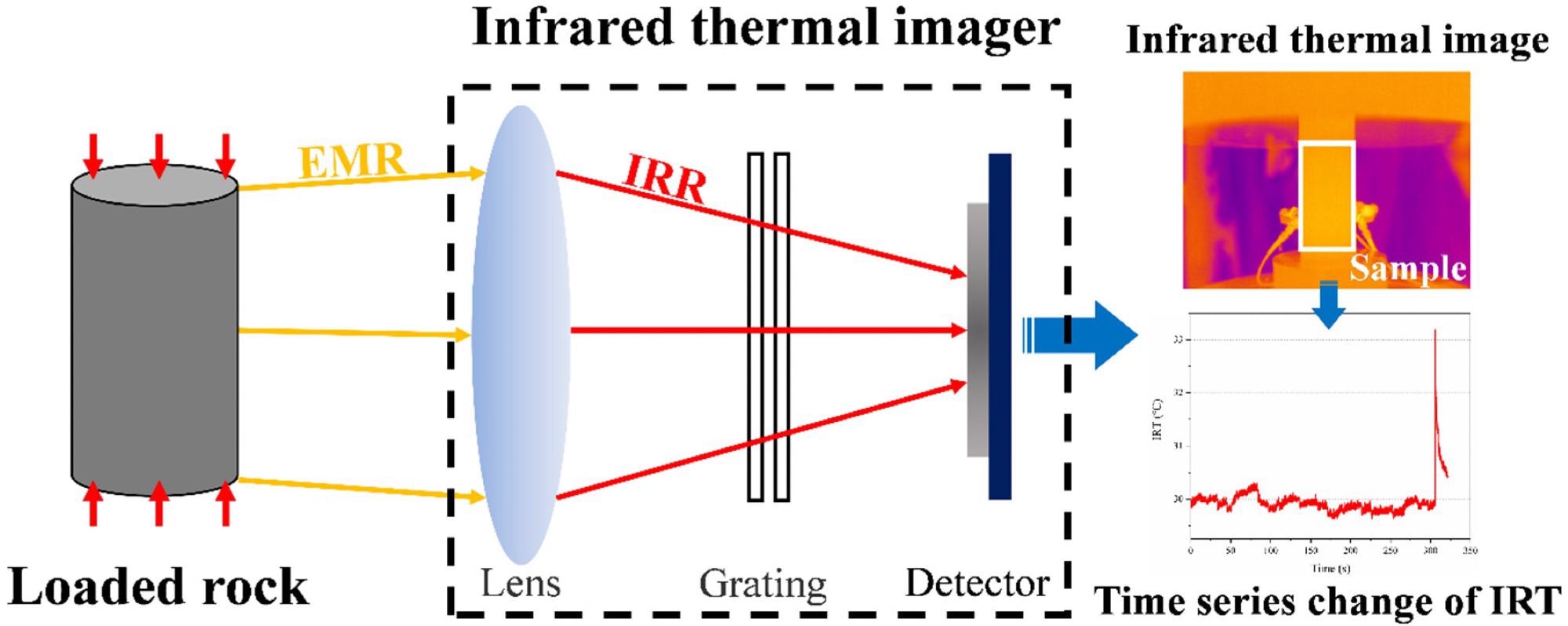NDT technique, which relies on detecting the short bursts of ultrasound emitted by active cracks under a load. Sensors dispersed over the surface the structure detect the AE. It is even possible to detect AE from plasticization in highly stressed areas before a crack forms. Frequently a method for use during proof tests of a pressure vessel.
Neutron Radiographic Testing (NR)
Thermal/Infrared Testing (IRT)
Thermography, including infrared thermography (IRT), thermal imaging, and thermal video, is a thermal-imaging science used for multiple applications. The technique uses thermographic cameras to detect radiation in the long-infrared range of the electromagnetic spectrum (around 9,000–14,000 nano meters or 9–14 µm) and produces images of this thermal radiation, known as thermograms.
The blackbody radiation law states that all objects with a temperature above absolute zero emit infrared radiation, meaning that it is possible to ‘see’ with thermography without visible illumination by reading temperature variations. As the temperature of an object increases, so does the amount of radiation it emits, which means that thermography can read variations in temperature range.
When using a thermal imaging camera, warm objects show up against cooler backgrounds regardless of time of day, making thermography useful to the military and for surveillance cameras. Thermography also has lots of uses in the medical industry, including items such as infrared thermometers.



